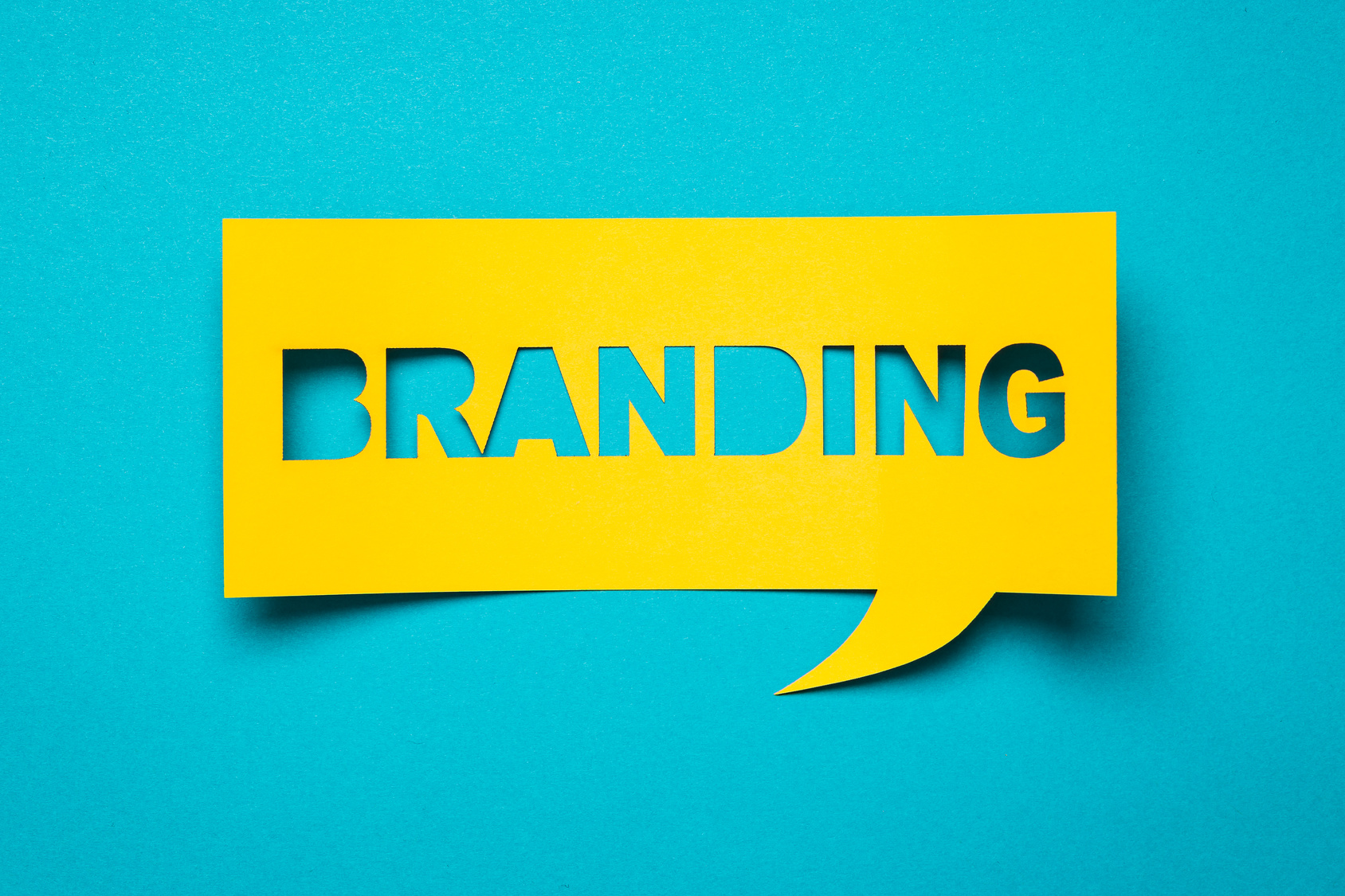Only is we could see conflicts dissolve as quickly as they do in movies. In the real world, conflicts and dispute resolution gets a little complicated. Feelings take time to tame, considerations happen a lot slower, actualization does not take place for months. Since emotions can be a fickle thing, we have laws and rules to decide the course of action and speed things up. In places like construction workplaces, we often let the final say of an Adjudication Decision take the course of action. But how about the rest of the workplace conflicts? How do they happen and what’s their aftermath?
It is unlikely that there is an adjudicator as an investigator for each and every workplace conflict. Without a mediator in place, the consequences of a workplace dispute can have so many consequences on the business.
Every year hundreds of businesses suffer in thousands because of their workplace conflicts. These workplace conflicts could be a disagreement between the employees, a dispute or raft between the agreed partners of the business, changing, poor communication between the parties, a personal anecdote getting in the way of work or sometimes even the dissatisfied customers become a source of conflict. When the upper management is tensing up because of losing customers, the employees often take the brunt of it. The distressing environment does nothing but increases the friction within the team and the blame game just intensifies. A lot of these conflicts simply boil down to poor management, miscommunication, and the lack of proper conflict resolution skills among employees.

One of the most evident impacts of workplace conflict is seen in the lowered productivity of the workplace. When employees are dissatisfied, angry, and feeling like a mess, it is bound to take a hit on the amount of work they do and the quality of the work they produce. The work performance decreases as sniping against one another in the team become the nom. People are also more likely to turn up to work late, take off days often and fail to deliver their projects on time if they are feeling dejected at the company.
Another aftermath of the workplace conflict is also the loss in revenue. As someone at the management level, we may not see the fights that are happening in the conference room below your office. But you can see the number decreasing, the number of sales taking a drastic hit, and the reports of bad news piling up. As managers, it is our responsibility to quickly take actions to resolve conflicts otherwise we are looking at high turnover rates within the company and a line of unsatisfied customers. The damage is also not only internal but also affects your external image. No amount of PR and crisis management can hide a conflict that has blown out of proportion within the company. When your brand image is associated with bad employees or lacks good management the trust people hold in your brand decreases and hence the sales.
For the sake of improving employee work satisfaction, turn up productivity, develop new inventions and increase revenue, companies need to learn how to implement workplace conflict resolution strategies.


